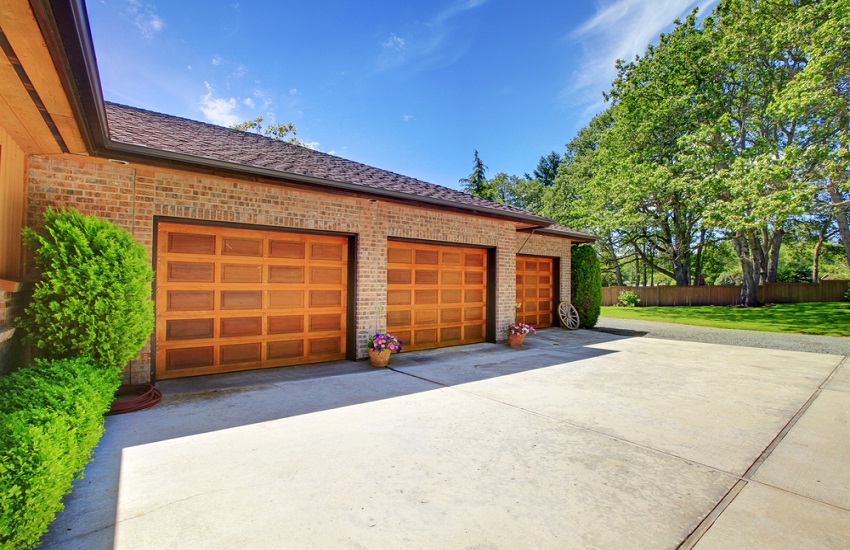
The Cost-Effective Guide to Solar Panel Replacement
Solar energy has emerged as a sustainable and cost-effective alternative to traditional energy sources. However, like any technology, solar panels require maintenance and eventually replacement to ensure optimal performance and efficiency over the long term. If you’re considering replacing your solar panels but are concerned about the costs, this guide is for you. We’ll explore practical strategies and tips to help you navigate the process of affordable solar panel replacement and efficiently.

Content
Assessing the Need for Replacement
Before diving into the replacement process, it’s crucial to assess whether your solar panels actually need replacement. Here are some indicators that might signal it’s time for a change:
- Age of Panels: Solar panels typically have a lifespan of 25-30 years. If your panels are approaching or exceeding this age, replacement might be necessary to maintain efficiency.
- Declining Performance: If you notice a significant drop in energy production compared to when the panels were new, it could indicate degradation or damage that warrants replacement.
- Physical Damage: Cracks, discoloration, or warping of panels are clear signs of physical damage that can affect performance and efficiency.
- Technological Advances: Newer solar panel models are often more efficient and cost-effective. If your current panels use outdated technology, upgrading could lead to better energy savings.
Budgeting for Solar Panel Replacement
Replacing solar panels is an investment, but it doesn’t have to break the bank. Here are practical steps to budget effectively:
- Get Multiple Quotes: Consult multiple solar installation companies to compare prices and services. Look for providers who offer competitive pricing without compromising on quality.
- Explore Financing Options: Many solar companies offer financing plans or leasing options that can spread out the cost of replacement over time, making it more manageable for homeowners.
- Consider Government Incentives: Research federal, state, or local incentives such as tax credits, rebates, or grants available for solar panel replacement. These incentives can significantly reduce upfront costs.
- Evaluate Long-Term Savings: Calculate the potential energy savings and return on investment (ROI) of replacing your panels. Often, newer and more efficient panels can generate more electricity and reduce your utility bills over time, offsetting the initial cost of replacement.
Choosing the Right Solar Panels
When replacing your solar panels, prioritize quality and efficiency to maximize your investment. Consider the following factors:
- Efficiency Ratings: Higher efficiency panels generate more electricity per square foot, allowing you to maximize energy production even with fewer panels.
- Durability and Warranty: Look for panels with robust warranties and a track record of durability. This ensures that your investment is protected against unforeseen issues.
- Brand Reputation: Opt for reputable solar panel manufacturers known for quality and reliability. Brands with established reputations often offer better customer support and product warranties.
DIY vs. Professional Installation
While some homeowners may consider DIY installation to save costs, solar panel replacement is a complex process that requires technical expertise. Here’s why professional installation, such as SolarCare Solutions affordable solar replacement, is often the better choice:
- Technical Expertise: Solar professionals have the knowledge and experience to handle complex electrical systems and ensure panels are installed safely and correctly.
- Warranty Coverage: Many solar panel warranties require professional installation to remain valid. Professional installers also provide warranties on their workmanship, giving you peace of mind.
- Safety and Compliance: Electrical work involved in solar panel installation can be hazardous. Professionals are trained to comply with local building codes and safety standards, reducing the risk of accidents or damage.
Maintaining Your Investment
After replacing your solar panels, proper maintenance is key to maximizing their lifespan and efficiency. Here are some maintenance tips:
- Regular Inspections: Schedule periodic inspections by a qualified technician to check for any signs of damage or performance issues.
- Cleaning and Debris Removal: Keep panels clean and free of debris to ensure maximum sunlight absorption. Consider professional cleaning services if needed.
- Monitor Energy Production: Use monitoring tools provided by your installer to track energy production. This helps identify any issues early and optimize performance.
Conclusion
Investing in solar panel replacement is a proactive step towards enhancing your home’s energy efficiency and sustainability. By assessing the need for replacement, budgeting effectively, choosing the right panels, and opting for professional installation, you can navigate the process affordably and confidently. Remember, the long-term savings and environmental benefits of efficient solar panels often outweigh the initial investment. Start planning today to reap the rewards of a cost-effective solar panel replacement for years to come.

My name is Wilson Michel. I post about home improvement ideas and how to make your home look beautiful and liveable. I hope my posts will help you with your DIY projects!










This article provides a comprehensive guide on the cost-effective aspects of solar panel replacement. For those looking to make their energy systems even more efficient, considering commercial solar panel installations can be a great step. Not only does it lower energy costs over time, but it also ensures long-term sustainability and reduces reliance on traditional power sources. Combining proper maintenance with a solid solar panel system can keep your energy bills low while contributing to a greener future.